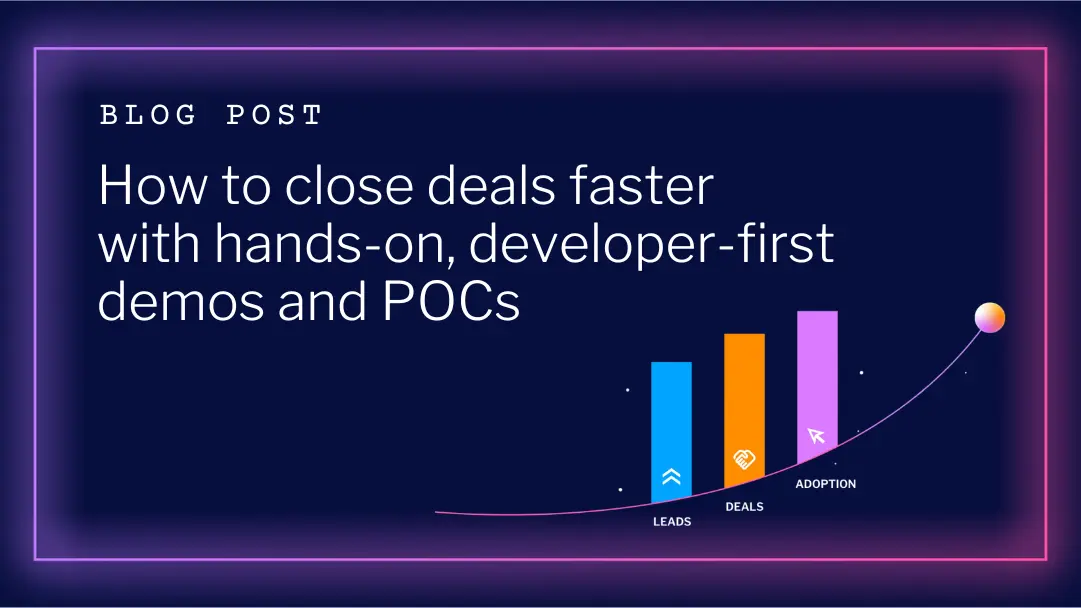Build hands-on labs faster using templates
Today, we’re launching the Instruqt track template repository. In this post, you’ll learn more about the templates, how you can use them, why we’ve built them, and how they’ll benefit you. Our users tell us they love Instruqt because we’re exposing real infrastructure to them through a browser. On our platform, learners can access a sandbox environment with virtual machines, containers and even real cloud accounts on Google Cloud, AWS and Azure.If you’re building a hands-on lab, you do need to configure the sandbox. There's a learning curve involved. This is why we’re launching templates: they capture popular patterns and help you hit the ground running with our fully-functioning examples featuring Docker, Kubernetes, or standard Ubuntu.In the track templates, we’ve done all the wiring for you so you can focus on building great content.
Available templates
We’re launching with four templates today, with more to come:Single container sandboxThis is the most basic Instruqt track. Get started quickly with just one sandbox container.Virtual machine with DockerBuild and run container images with Docker on a virtual machine.Single node KubernetesLearn how to build Kubernetes-based tracks with this template.Multi node Kubernetes clusterTeach advanced features like pod affinity and anti-affinity with this multi-node template.
How to use a template

The fastest way to create a track from a template is with the CLI:
- Run instruqt track create
- Choose Start from template
- Choose the template you want to try
All of our templates are open source. Explore them here: github.com/instruqt/templates
Why did we build the templates?
Sandbox environments are a powerful way to teach people about your product. By giving learners access to their own private sandbox, you can let them experiment and discover your product. In a sandbox, learners don’t have to worry about setting up an environment themselves, or (even worse) breaking it!

However, if you’re creating a sandbox environment, you need to do some wiring before you can get started writing your content. The amount of wiring depends on the complexity of your software product. If all you need is a container, you can be done in a few minutes. If you need to set up and connect multiple hosts with custom provisioning scripts, that takes more time.
Wiring up a sandbox environment

Let’s take a look at what goes into wiring up a sandbox environment, as understanding that will help you see the value of the templates. This is what you need
- The sandbox configuration is used by Instruqt to provision all resources in the sandbox. For example, it has a list of all the hosts and their resource limits.
- Virtual machine images and container images are used to create the sandbox hosts. You can bring your own images or use the ones we provide.
- Setup scripts run on every host immediately after startup to install additional packages, add configuration and prepare the host for the learner.
How do the templates help?
We created the track templates to help you get started faster. They feature a fully configured and working sandbox environment, so you don’t have to figure everything out. We also demonstrate a few features of the Instruqt platform you’re likely to use in the track. For example, in the multi-node Kubernetes template, you’ll learn how to:
- Embed the kubernetes dashboard in a separate tab in your track
- Install kubectl auto-completion in the terminal
- Connect hosts in the sandbox
There you go. We’re making it easier for you to create virtual IT labs so you can focus on creating content that shows the value of your software.
What’s next?
Learn how Instruqt can power your product adoption









